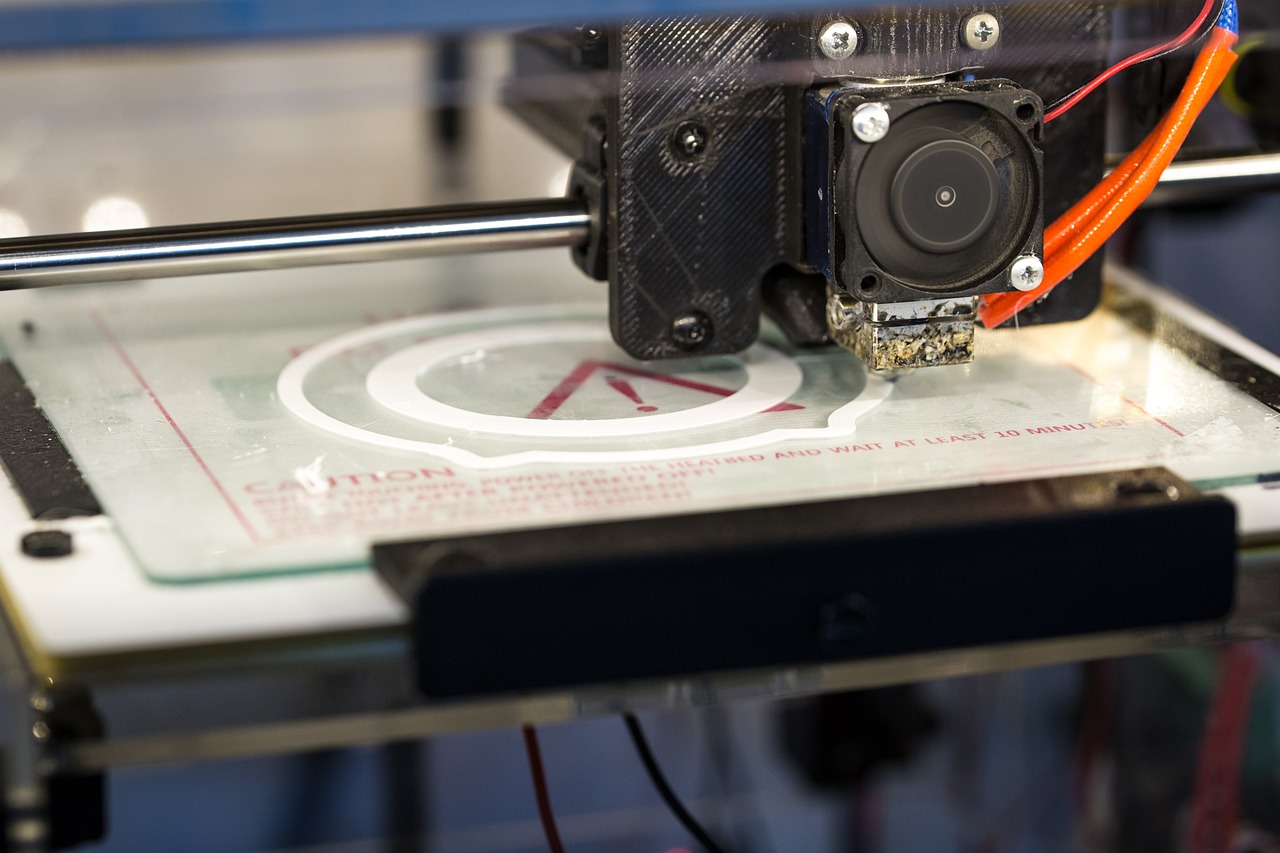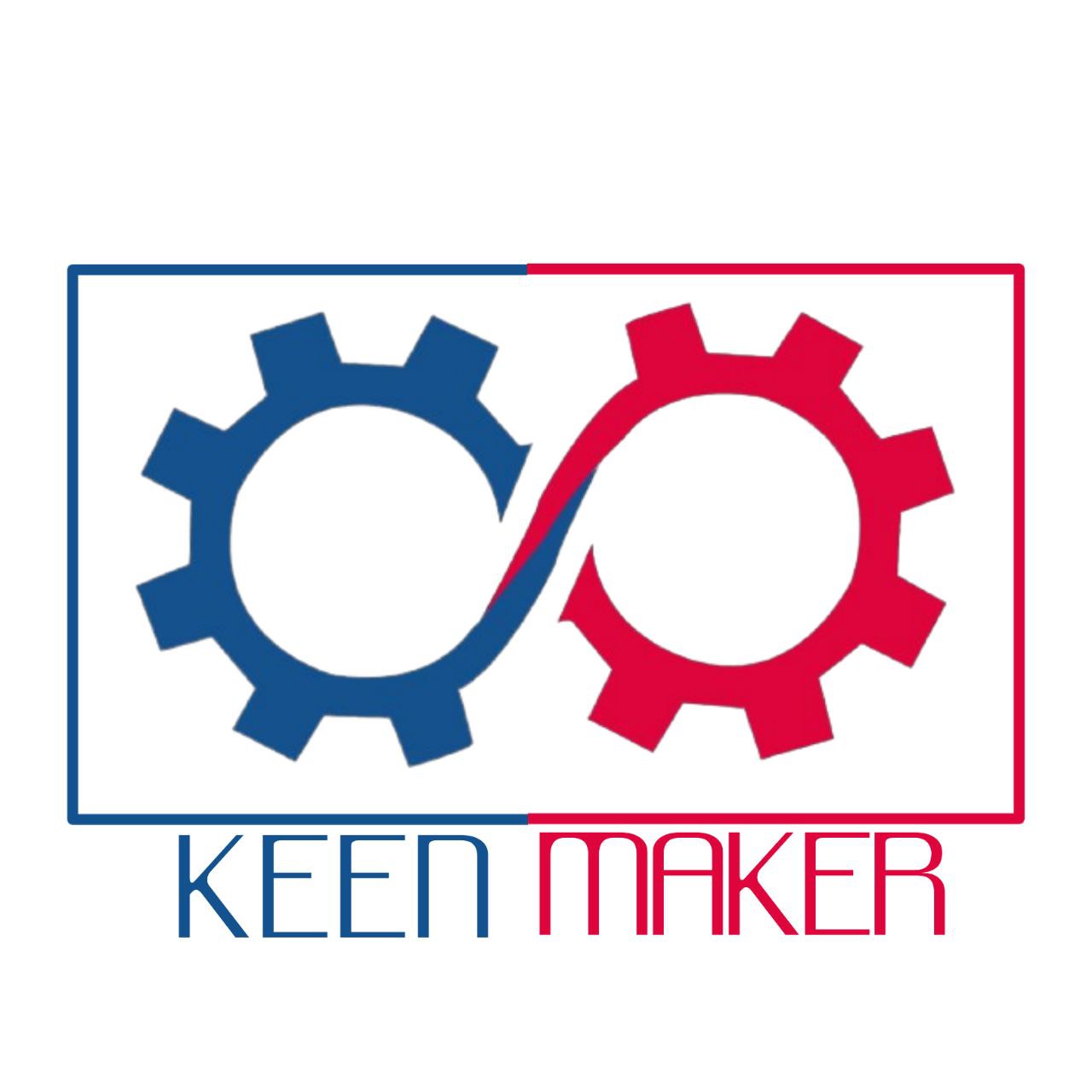

The rapid advancement of 3D printing technology has revolutionized various industries, from healthcare to manufacturing, providing unprecedented opportunities for innovation and efficiency. However, alongside these advancements come significant ethical, legal, and regulatory challenges that society must address. This article explores the ethical implications of 3D printing, delving into the legal and regulatory landscapes that govern this transformative technology.
Table of Contents
The Rise of 3D Printing: An Overview
What is 3D Printing?
3D printing, also known as additive manufacturing, is a process that creates three-dimensional objects by layering materials based on digital models. This technology has evolved from simple prototyping to complex manufacturing, enabling the production of everything from medical implants to automotive parts.
Applications of 3D Printing
- Healthcare: Custom prosthetics, implants, and even organs.
- Manufacturing: Rapid prototyping, on-demand production.
- Construction: Building structures and components.
- Consumer Goods: Personalized products, fashion items.
- Education: Learning aids, experimental models.
Growth and Potential
The 3D printing market is projected to continue its rapid growth, driven by technological advancements and increasing adoption across various sectors. This growth highlights the need for a robust framework to address ethical and legal challenges.
Ethical Implications of 3D Printing
Intellectual Property Concerns
3D printing poses significant challenges to intellectual property (IP) rights. The ability to replicate objects easily can lead to unauthorized reproductions, impacting businesses and creators.
- Piracy and Counterfeiting: Unauthorized production of patented or copyrighted designs.
- Protecting IP: Balancing innovation with protecting creators’ rights.
Safety and Quality Control
Ensuring the safety and quality of 3D printed products is crucial, particularly in sectors like healthcare and aviation where failures can have dire consequences.
- Standards and Certification: Establishing industry standards for materials and processes.
- Quality Assurance: Implementing rigorous testing and validation protocols.
Environmental Impact
While 3D printing has the potential to reduce waste through efficient use of materials, it also raises environmental concerns.
- Material Usage: Impact of different materials on the environment.
- Recycling and Sustainability: Developing eco-friendly materials and recycling processes.
Social and Economic Impacts
3D printing can disrupt traditional manufacturing and labor markets, leading to economic and social shifts.
- Job Displacement: Impact on traditional manufacturing jobs.
- Economic Inequality: Access to technology and its benefits.
Legal Challenges in 3D Printing
Intellectual Property Law
Current IP laws struggle to keep pace with the rapid advancements in 3D printing, necessitating updates and new regulations.
- Patents and Copyrights: Adapting existing laws to cover digital models and 3D printed objects.
- Enforcement: Challenges in policing and enforcing IP rights.
Liability and Accountability
Determining liability for defective 3D printed products is complex, involving manufacturers, designers, and users.
- Product Liability: Legal responsibility for defects and damages.
- Traceability: Tracking the source and history of 3D printed products.
Regulatory Compliance
Ensuring compliance with existing regulations and developing new ones specific to 3D printing is essential for public safety and trust.
- Healthcare and Medical Devices: Regulatory approval for medical applications.
- Consumer Protection: Ensuring safety and reliability of consumer products.
Developing Comprehensive Regulations
Governments and regulatory bodies must collaborate to develop comprehensive regulations that address the unique challenges of 3D printing.
- Global Standards: Establishing international standards and guidelines.
- Collaborative Efforts: Engaging stakeholders from various sectors.
Encouraging Innovation While Ensuring Safety
Balancing innovation with safety is crucial for the sustainable growth of the 3D printing industry.
- Regulatory Sandboxes: Testing and refining regulations in controlled environments.
- Incentives for Compliance: Encouraging businesses to adhere to regulations through incentives.
Promoting Ethical Practices
Fostering ethical practices in 3D printing involves education, awareness, and the promotion of best practices.
- Industry Codes of Conduct: Establishing ethical guidelines for businesses and professionals.
- Public Awareness: Educating consumers about the implications of 3D printing.
3D printing is a groundbreaking technology with the potential to transform numerous industries. However, its ethical, legal, and regulatory implications cannot be overlooked. Addressing these challenges requires a collaborative approach, balancing innovation with responsibility. By developing comprehensive regulations and promoting ethical practices, society can harness the full potential of 3D printing while safeguarding public interests.
